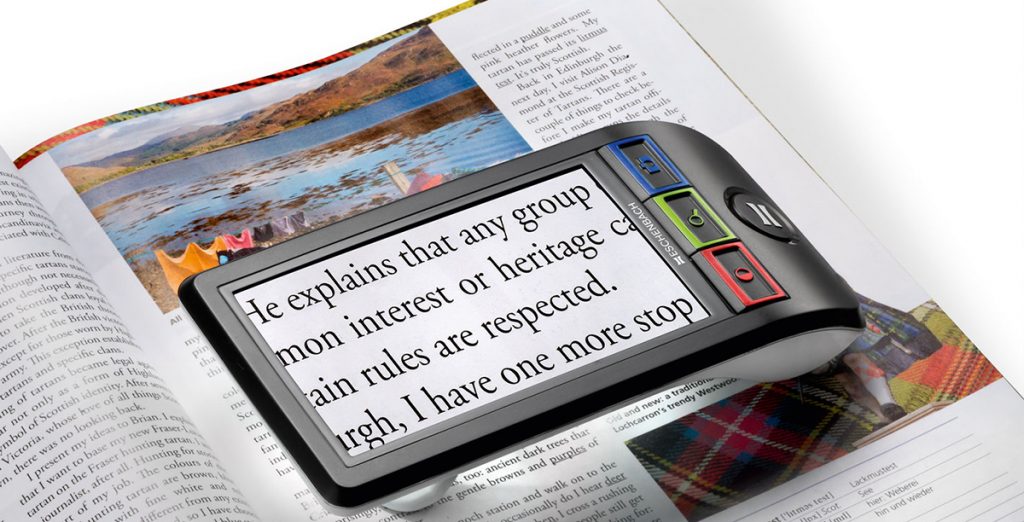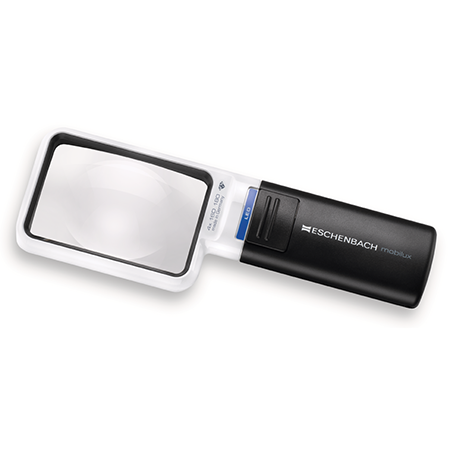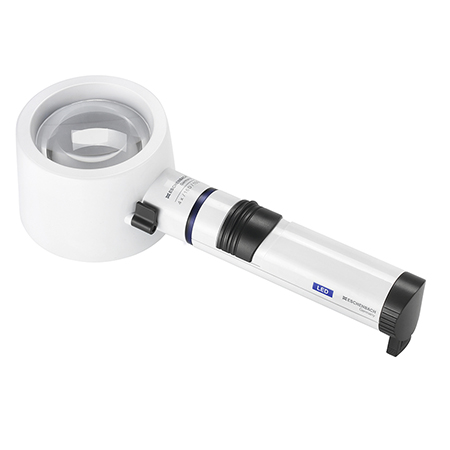Next Day Delivery – with same day dispatch on many products
10% Off Accessories – when ordered together with a microscope
Expert Technical Advice – Benefit from our experience in inspection & measurement
Expert Technical Advice – Benefit from our experience in inspection & measurement
Book a Demo – Benefit from our experience in inspection & measurement
Book a Demo – Benefit from our experience in inspection & measurement
10% Off Accessories – when ordered together with a microscope
Volume Discounts – competitive prices for large & small orders
Request A Quote – use the +Add to Quote button on any product, it is quick & easy
Request A Quote – use the +Add to Quote button on any product, it is quick & easy
Guide: How to choose your Magnifier
The most common questions we receive are about magnification and finding the right level for the task or application.
We are frequently asked for a higher power magnifier, one with greater magnification, but also with a large lens.

Indeed the perfect magnifier would have a large lens, provide a wide viewing area, and offer high, distortion-free magnification, as well as being low in cost.
However, incorporating all of these features into one unit is not possible.
All magnifiers are a compromise between the level of magnification and the size of image which can be seen (called Field of View).
This is the case whatever the type of magnifier or manufacturer brand.
Increasing magnification power makes the magnifier less convenient to use as the lens diameter, field of view and working distance all decrease.
Usually, it is best to choose low power for reading or viewing larger surfaces and high power for inspecting small areas.

Magnification 2x – 4x, most popular for reading & inspection.
Magnifiers of 2x, 3x or 4x are most suitable for reading documents, and general inspection tasks. Products such as the Eschenbach mobilux magnifier 3.5x are popular for their portability and large lens.
For more comfort, or reading over long periods of time, a stand magnifier may be used such as the Eschenbach Vario, which rests on the surface, or on the document.
Bench mounted magnifiers with large lenses and low magnification between 1.75x & 2.25x are designed for inspection tasks, such as inspecting circuit boards and mechanical parts, as well as beautician, dental and jewellery applications.
However, as eyesight becomes impaired with age and conditions such as macular degeneration, the request for higher magnification increases.

Magnification 5x – 6x, smaller field of view and round lens.
All magnifiers with magnification power above 4x have a round lens, not rectangular, and a smaller field of view. Magnifiers with 5x only allow to read at best 3 words at a time.

Magnification 7x – 30x, inspection of fine details.
The smaller field of view that comes with a 7x or greater magnification are recommended for inspection of very fine details, such as the range from PEAK. Most magnifiers in this category are designed to rest on the object being inspected. From 7x magnification the eye to lens distance has to be really close, for this reason this level of magnification is not recommended for reading.
Digital Magnifiers
Digital magnifiers are popular as low vision aids and also in industrial applications such as quality control. These portable video magnifiers have large screen displays with bright and high contrast.
Bestsellers: Eschenbach smartlux® and Eschenbach Visolux
What is Dioptre?
What is Dioptre? Magnifiers often have their power expressed in Dioptre instead of (or as well as) in magnification. This can be confusing as many people only understand Magnification. However, it is easy to convert dioptre into magnification, simply divide dioptre by 4, then add 1. For example 5.0 dioptre = 5/4 + 1 = 2.25x. So objects viewed through a 5.0 dioptre lens would appear 225% larger than normal.


